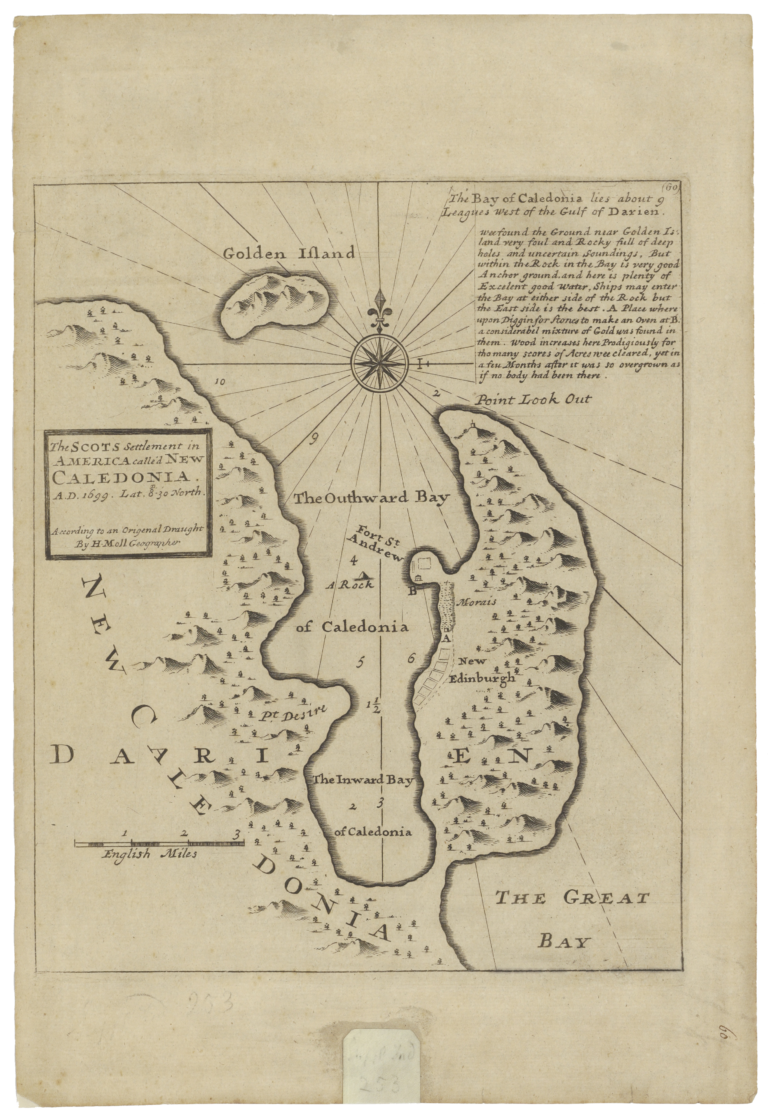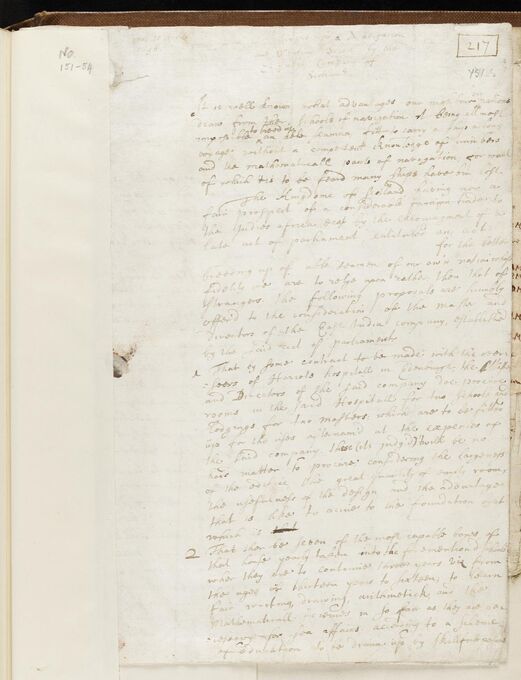David Gregory proposed that, in light of Scotland’s ‘fair prospect of a considerable foreign trade to the Indias [Americas], Africa, etc.’, the Company of Scotland should enlist Heriot’s Hospital – an orphan school in Edinburgh – to instruct ‘capable’ boys between the ages of thirteen and sixteen to learn ‘fair writing, drawing, arithmetic, and mathematical sciences’ so they could become apprentices on Company of Scotland ships. According to the plan, Edinburgh’s Professor of Mathematics would examine the boys, and his University students would act as tutors.
David Gregory believed such a school would create a ‘stock of able seamen’ and be ‘useful to the nation’. Had New Caledonia succeeded, the University of Edinburgh would have served an imperial Scotland’s growing maritime needs, providing mathematical schooling for those about to work on Company ships – including, in theory, transatlantic slaving vessels.



